-
Lord's
- Match day
- Experiences
- Conferences and events
- News & Stories
- History
- Indoor Cricket Centre
- Visiting
Welcome to Lord's
Come here to find all the information you need to help you plan your visit to the Home of Cricket, the latest news from the Ground and to book your event.
COMING TO LORD'S
2026 Lord's Ballot
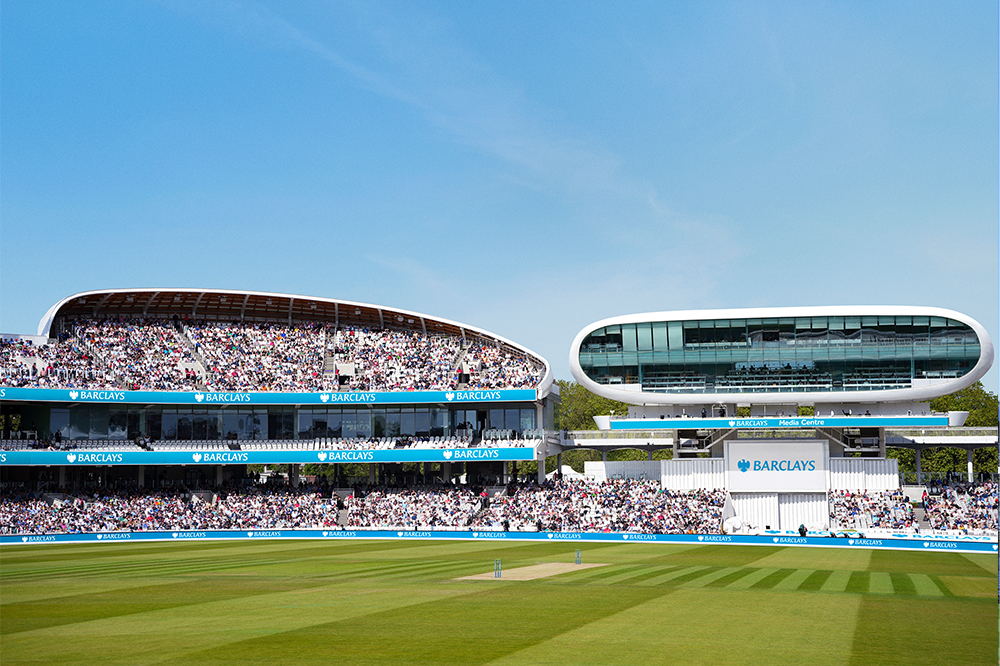
-
Tickets
- All Tickets
- 2026 Ballot Information
- ICC Women's T20 World Cup
- International Tickets
- Match Day Hospitality
- The Lord's App
Tickets at Lord's
We’ve got a wide variety of formats covered with an exciting line up of matches to get your cricket fix.
Whether you like red or white ball, domestic or international, or men’s or women’s cricket, Lord’s will have the perfect cricket experience for you, your family and friends.
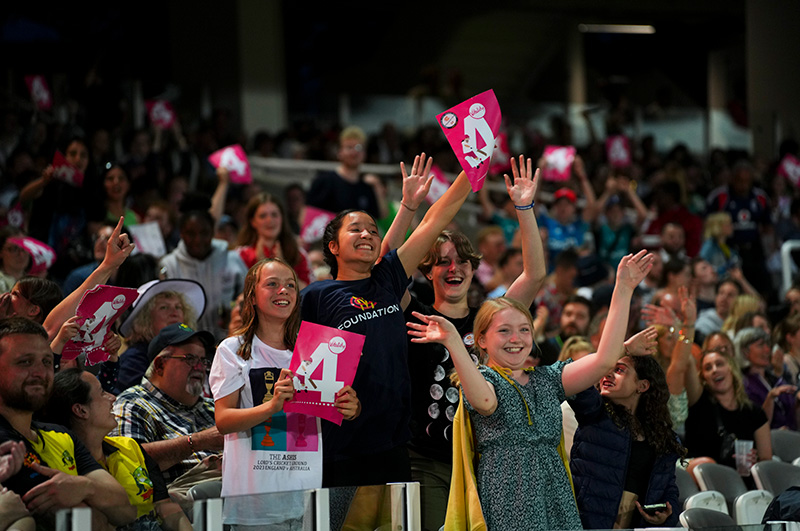
-
Hospitality
-
MCC
- The Club
- Cricket
- MCC Foundation
- Barclays Knight-Stokes Cup
- In the Community
- The Laws of Cricket
- Heritage & Collections
MCC
Marylebone Cricket Club is the world’s most active cricket club, the owner of Lord’s Ground and the guardian of the Laws of the game. Find out more about the history of MCC, our work in the Community and the famous Lord's Museum.
FIND OUT MORE

-
Inside Lord's
- Explore Inside Lord's
- Discover the Benefits
- Subscribe now
Welcome to Inside Lord's
Step closer. Your new digital platform at the Home of Cricket.
Subscribe now for early access to selected international matches, exclusive content, coaching masterclasses and many more discounts and offers.
Your access to Lord's like never before.

-
Jobs
- Vacancies
- MCC Foundation
- Casual Catering Roles
- Casual Stewarding Roles
- Join the Team
- Our Benefits
- Who we are
- Volunteer
Jobs at Lord's
Marylebone Cricket Club is one of the World's most active Cricket Clubs, the owner of Lord's Ground and the Guardian of the Laws and Spirit of the Game.
With around 200 full time staff members covering a wide range of sectors - from IT to Chefs to Pavilion Stewards - there is a role at the Home of Cricket for everyone.
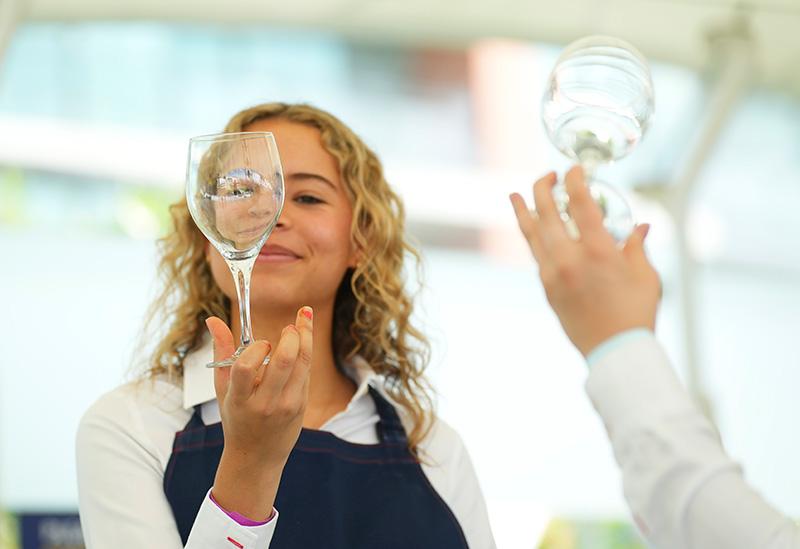
-
Shop
- Lord's shop
- Online store
The Lord's Shop
Our Lord's Shops have a wide range of clothing, headwear and gifts and souvenirs available, so you can own your own piece of memorabilia from Home of Cricket.

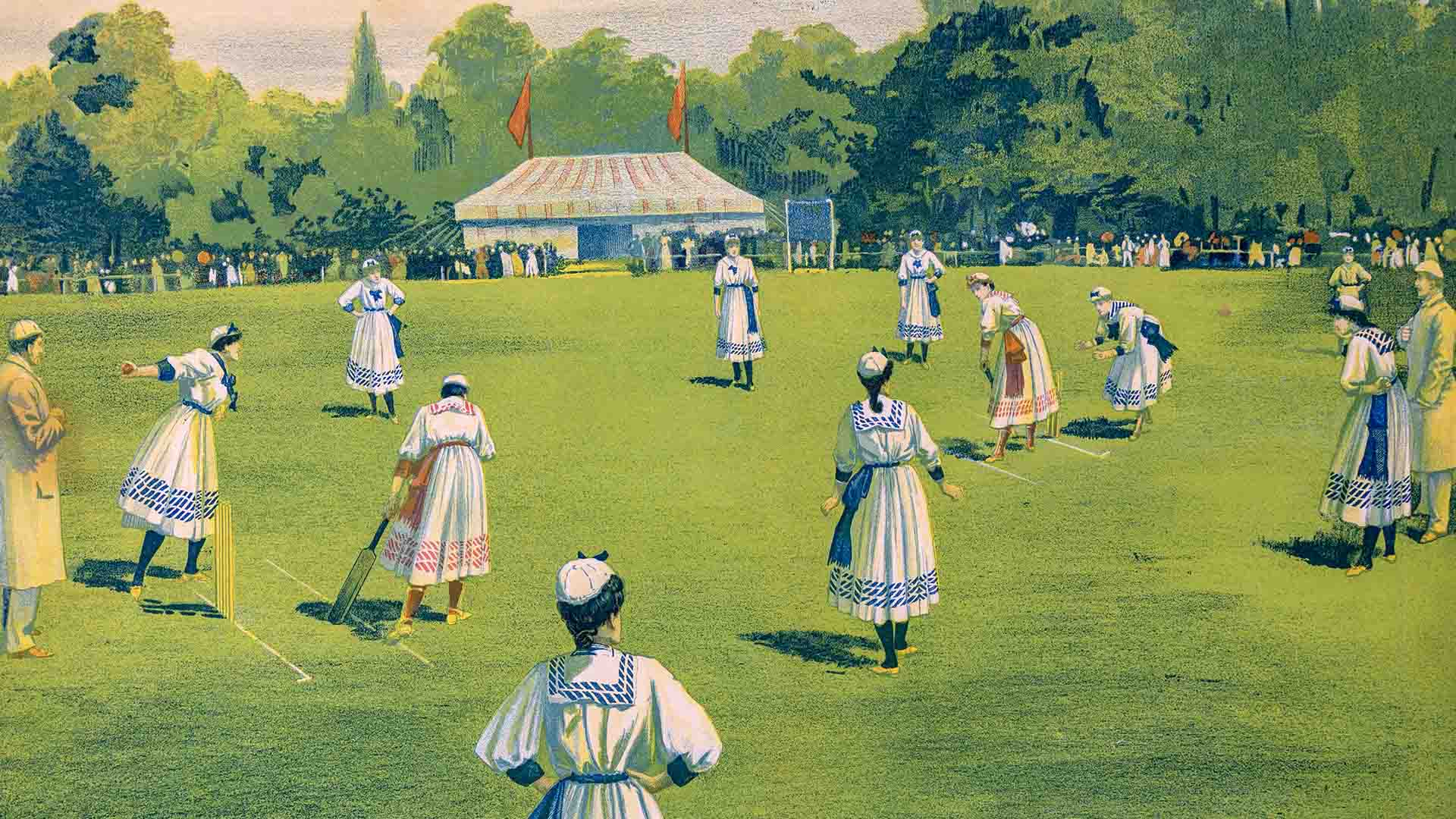 “Original English Lady Cricketers”, Reds Vs. Blue, England, 1890
“Original English Lady Cricketers”, Reds Vs. Blue, England, 1890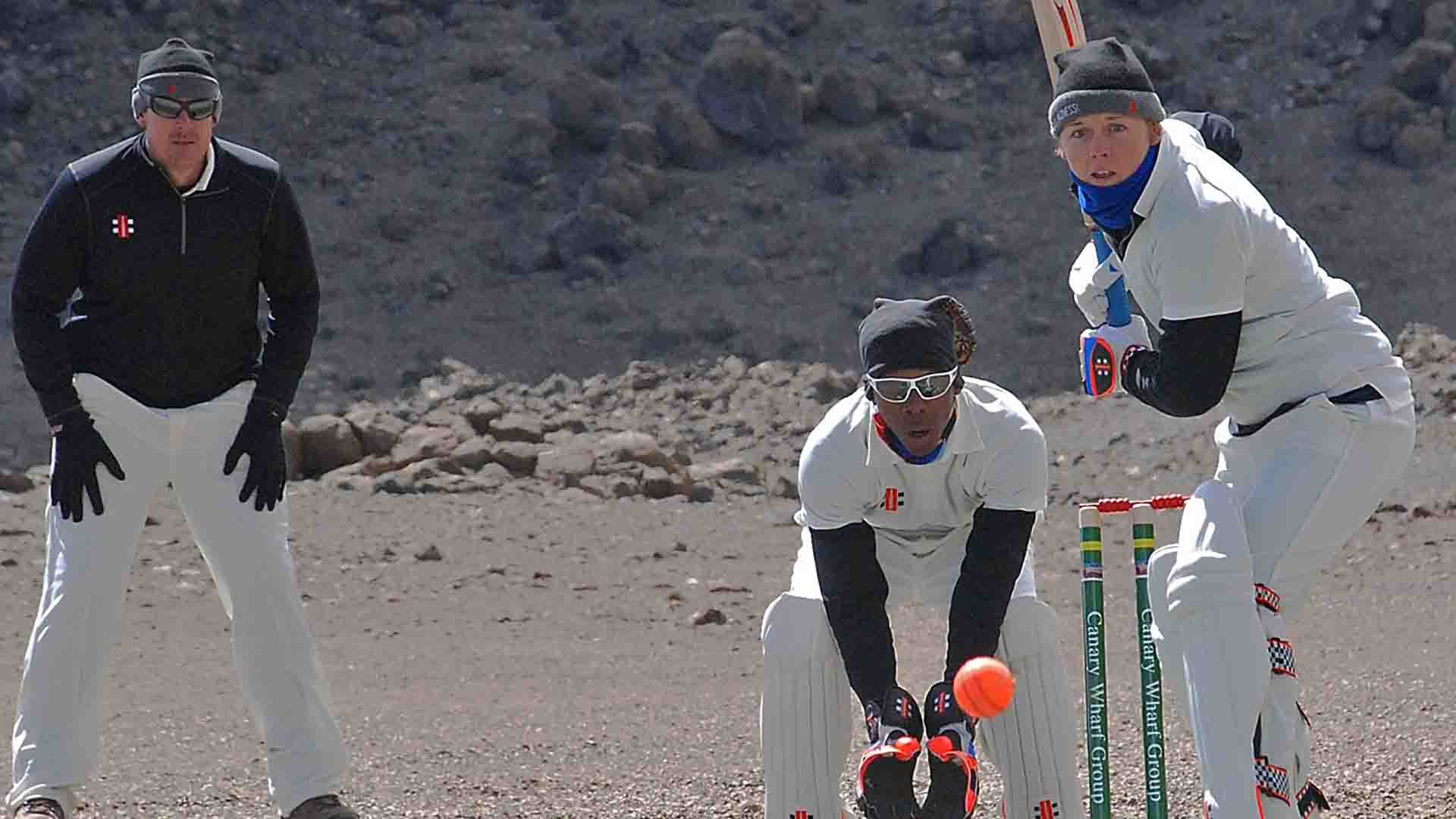
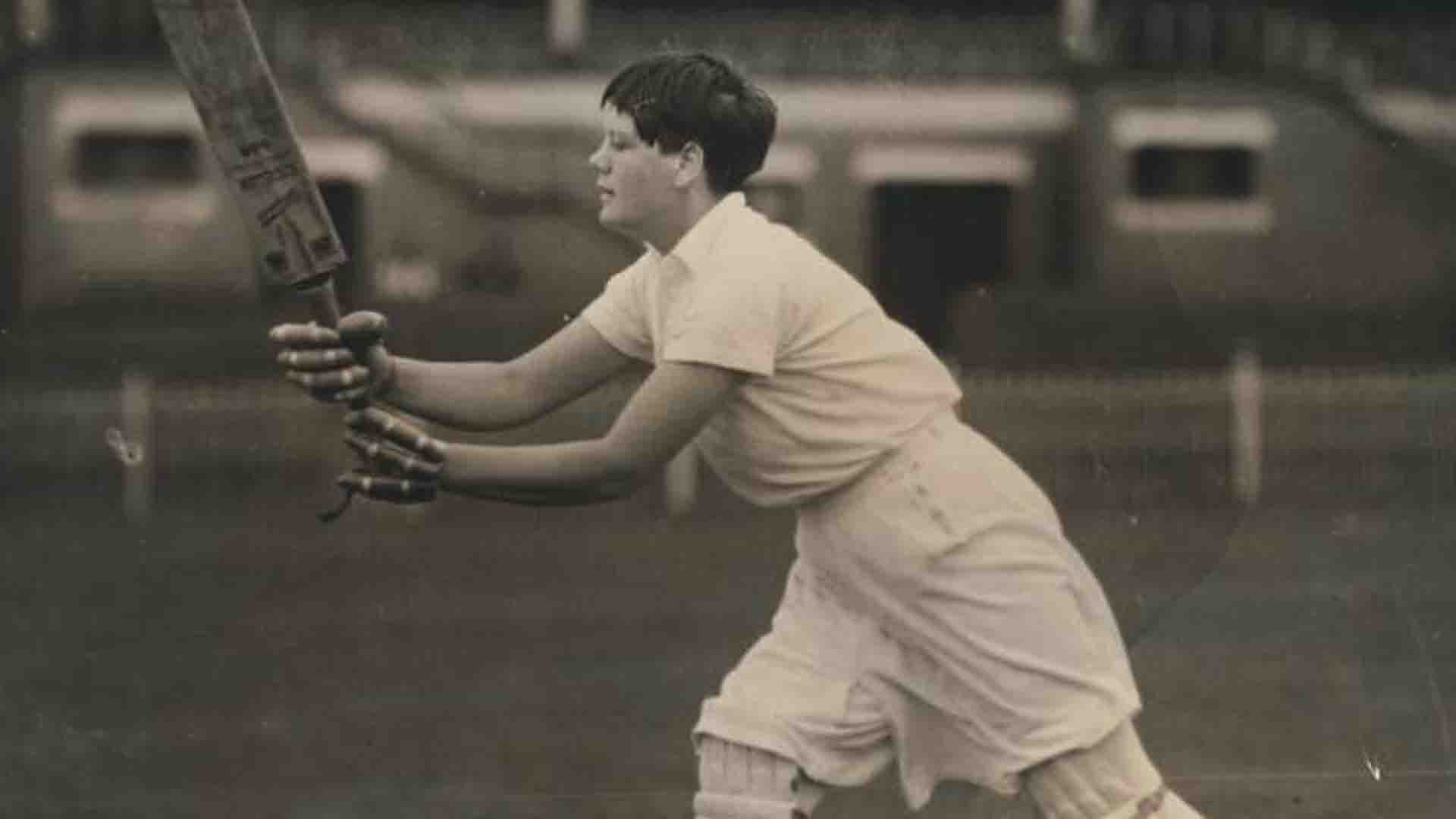 Helen Elizabeth ‘Betty’ Archdale was the first woman to captain England during the 1934-35 tour of Australia and New Zealand. A member of the Women’s Cricket Association (WCA) she was the leading ambassador for the emerging sport, her confident, measured leadership in the face of scrutiny was a key reason for the success of the tour, which helped heal the divisions caused by the 1932-33 Bodyline series and did much to raise the profile of women’s cricket.
Helen Elizabeth ‘Betty’ Archdale was the first woman to captain England during the 1934-35 tour of Australia and New Zealand. A member of the Women’s Cricket Association (WCA) she was the leading ambassador for the emerging sport, her confident, measured leadership in the face of scrutiny was a key reason for the success of the tour, which helped heal the divisions caused by the 1932-33 Bodyline series and did much to raise the profile of women’s cricket.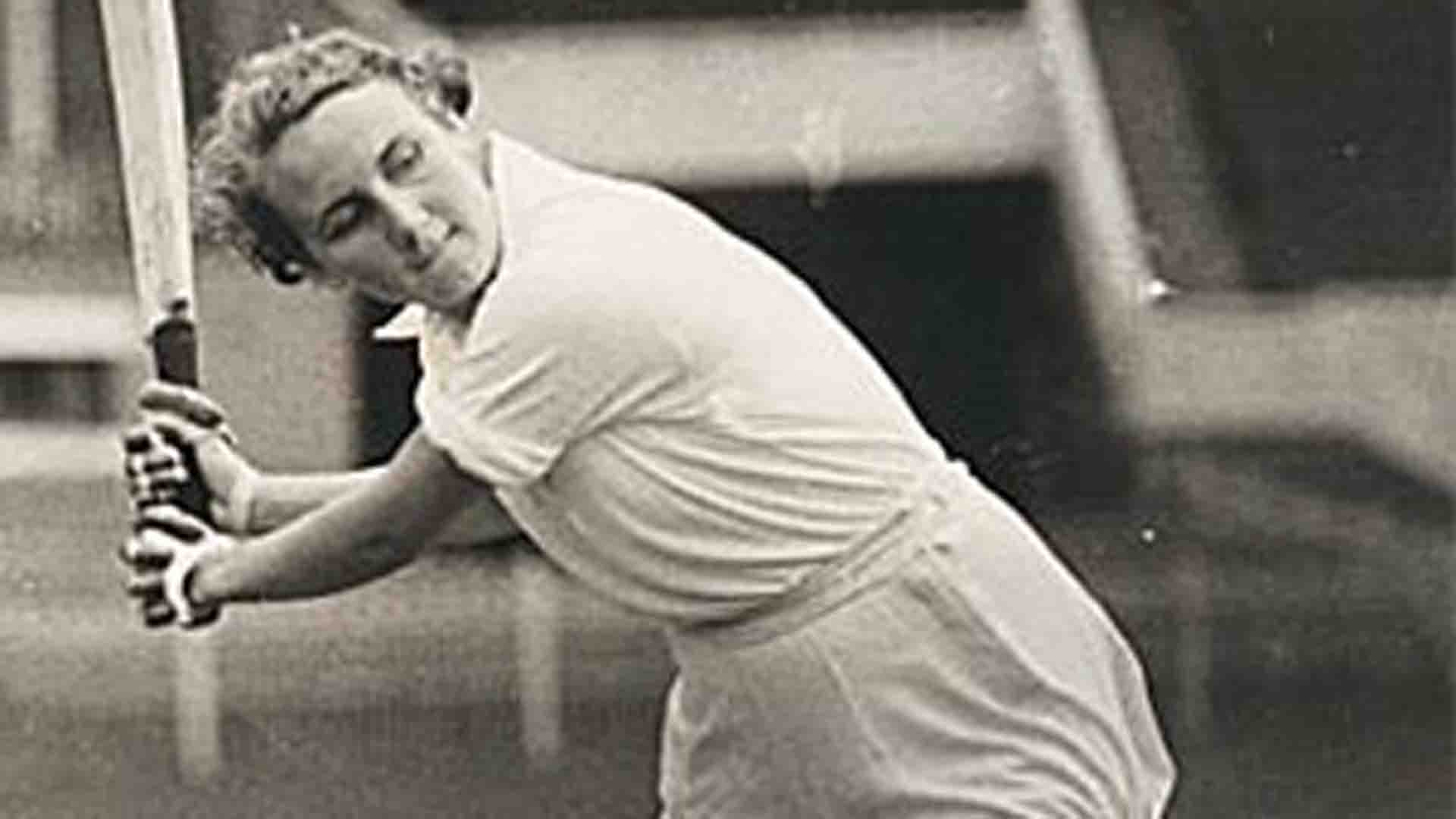 Mary Edith Hide, known as Molly, captained England between 1937 and 1954, including in the first ever women’s Test series played in England in 1937.
Mary Edith Hide, known as Molly, captained England between 1937 and 1954, including in the first ever women’s Test series played in England in 1937.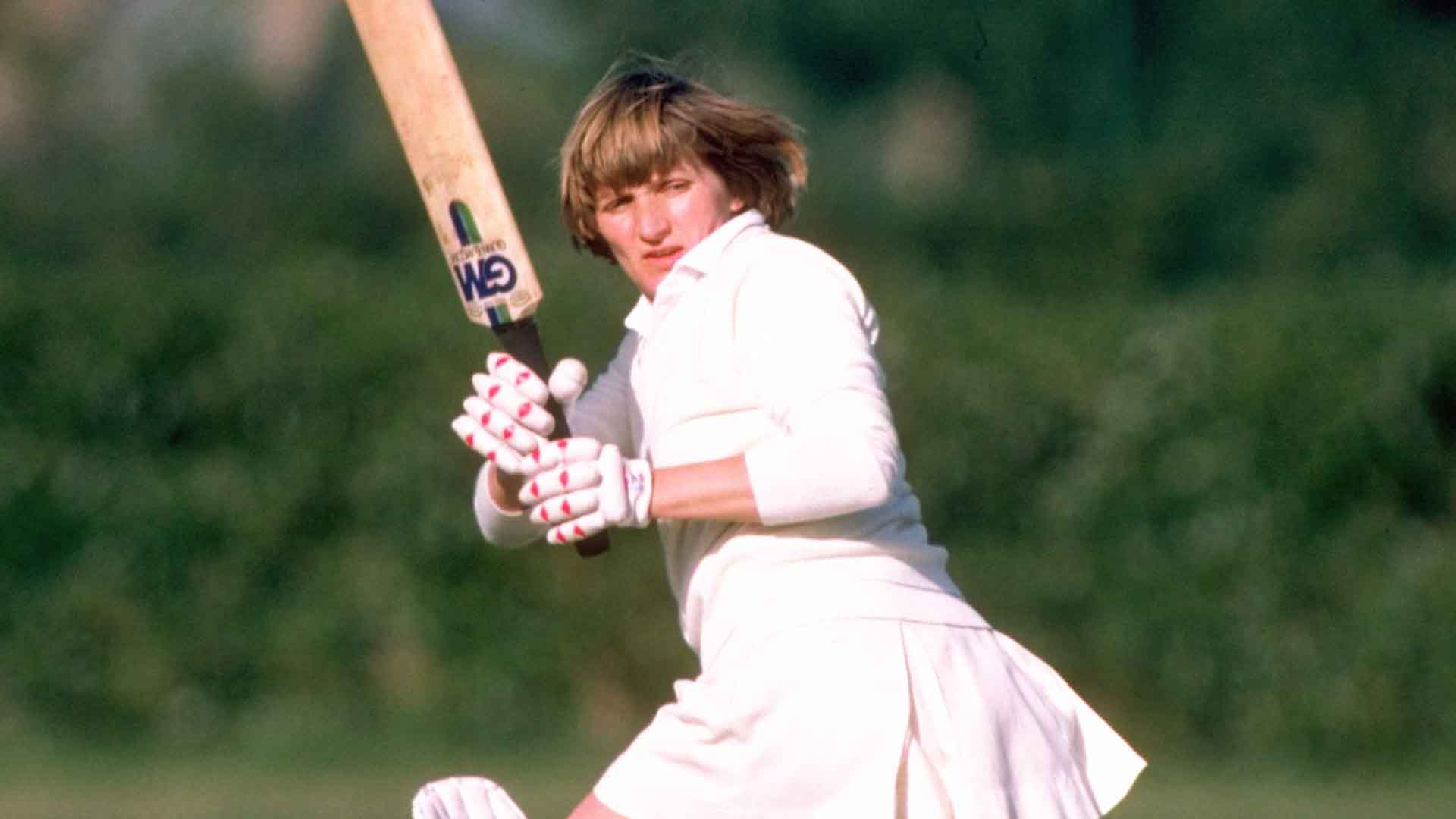 For most of the twentieth century, nearly all English women cricketers were educated at a small number of fee-paying schools. Enid Bakewell was a notable exception to this trend. The Women’s Cricket Association was an overwhelmingly upper-middle class organisation, but Enid hailed from a working-class Nottinghamshire coalmining village and learned the game by playing with the neighbourhood boys and joining her local club.
For most of the twentieth century, nearly all English women cricketers were educated at a small number of fee-paying schools. Enid Bakewell was a notable exception to this trend. The Women’s Cricket Association was an overwhelmingly upper-middle class organisation, but Enid hailed from a working-class Nottinghamshire coalmining village and learned the game by playing with the neighbourhood boys and joining her local club.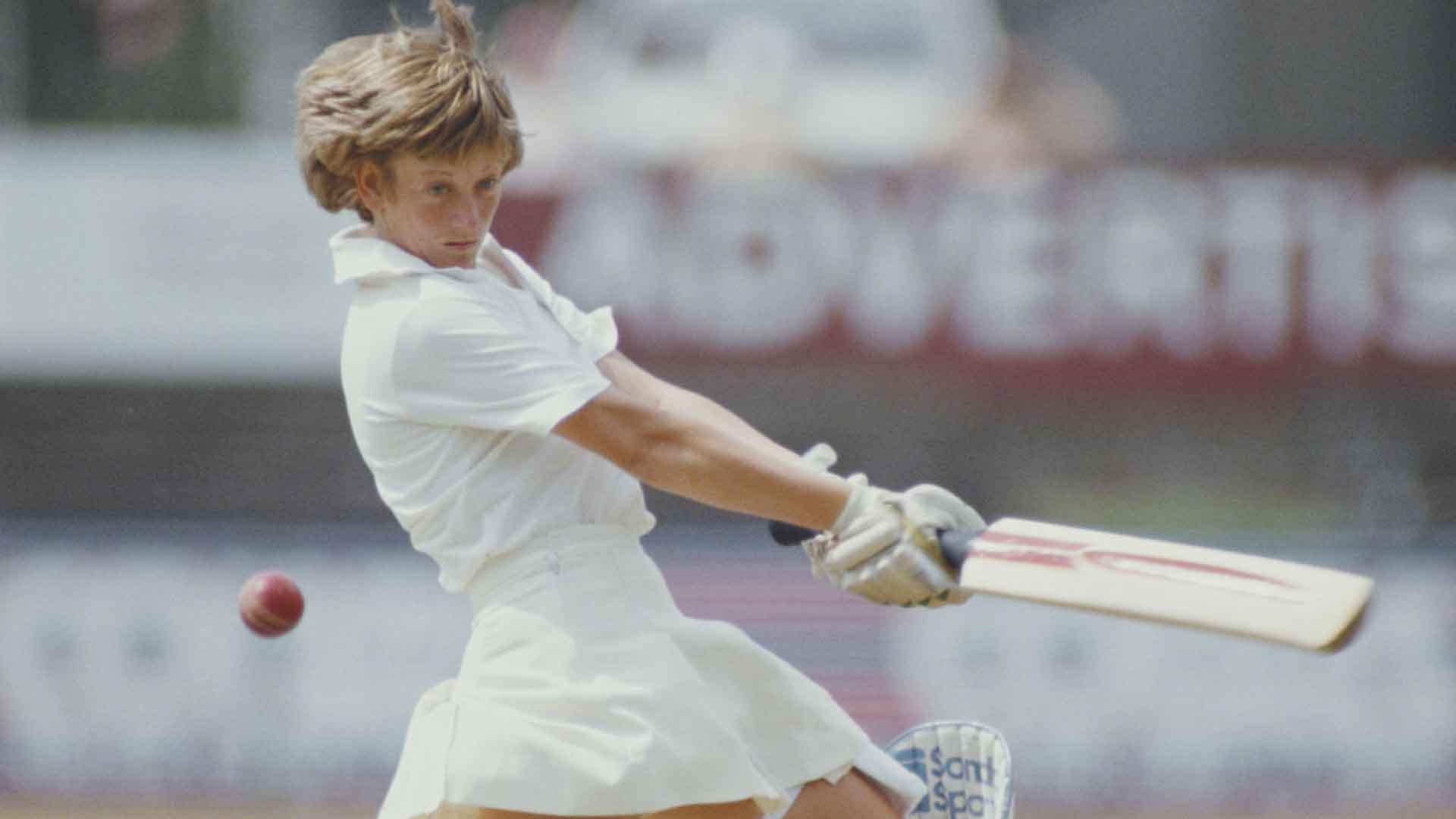 Janette Brittin played for England for 19 years, between 1979 and 1998, and her record of 1,935 Test runs remains unbeaten to this day. A naturally talented sportswoman, she achieved the rare feat of becoming a triple international, also representing England at both indoor hockey and indoor cricket.
Janette Brittin played for England for 19 years, between 1979 and 1998, and her record of 1,935 Test runs remains unbeaten to this day. A naturally talented sportswoman, she achieved the rare feat of becoming a triple international, also representing England at both indoor hockey and indoor cricket.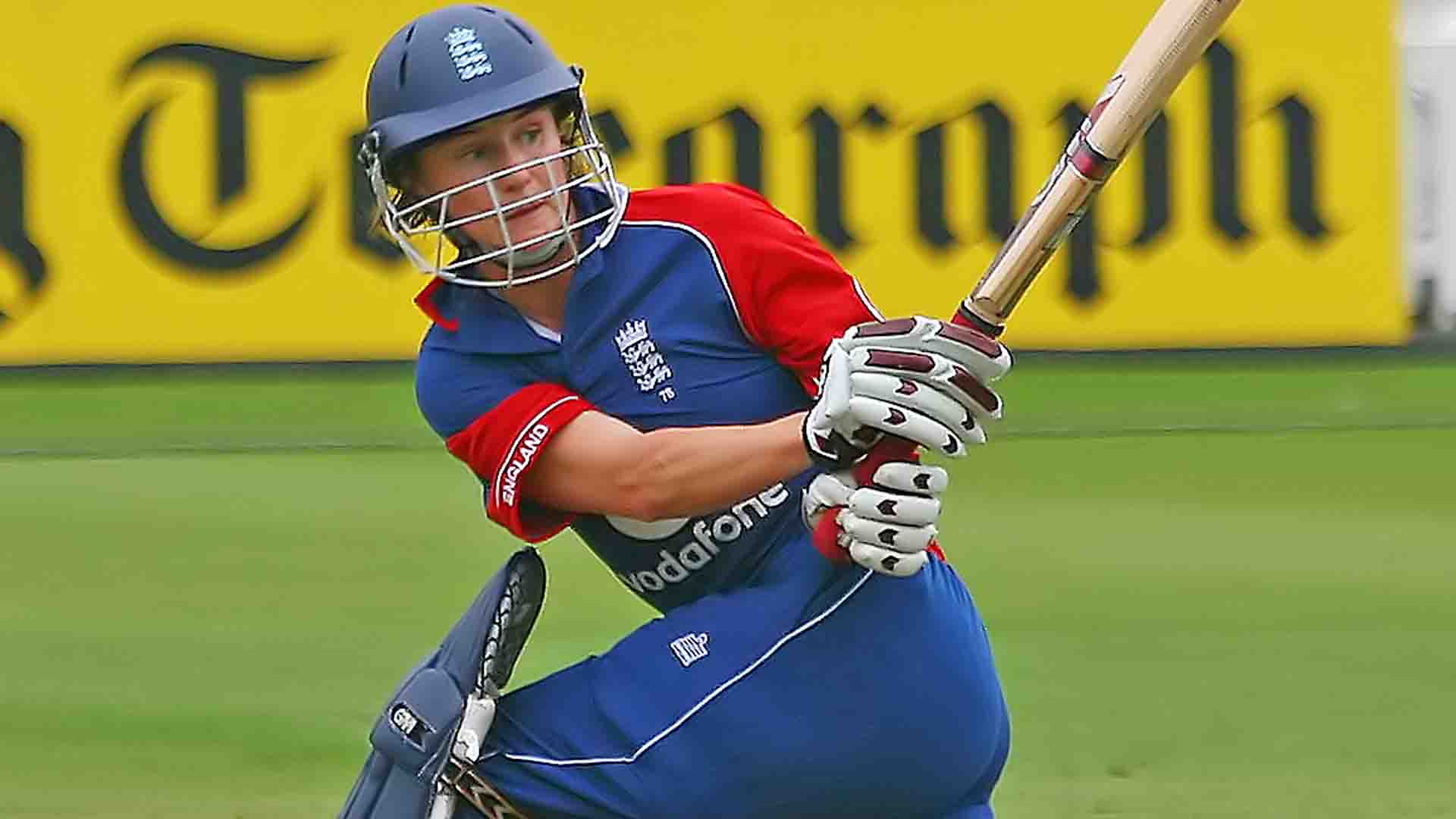 Samantha Claire Taylor played for England representing her country in 15 Tests, 126 one-day internationals and 27 Twenty20s in her 14 year international career. She received an MBE for her achievements in cricket and was the first women to be named one of Wisden's five cricketers of the year.
Samantha Claire Taylor played for England representing her country in 15 Tests, 126 one-day internationals and 27 Twenty20s in her 14 year international career. She received an MBE for her achievements in cricket and was the first women to be named one of Wisden's five cricketers of the year. 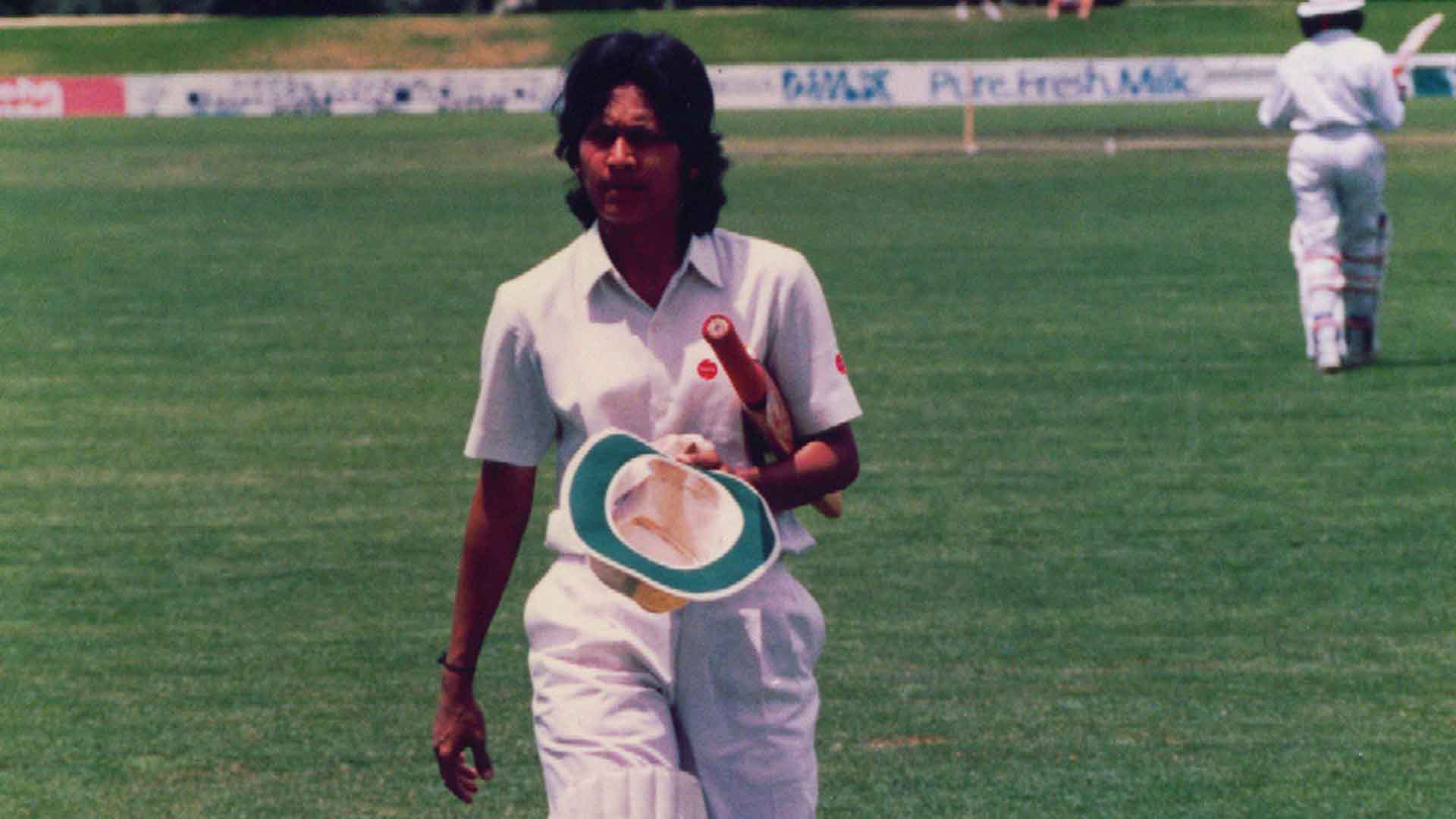 Shubhangi was a leg spinner and a middle order batswoman having played 19 Tests and 27 ODIs in a career spanning fifteen years from 1976 until 1991 that included the 1978 and 1982 World Cups. Shubhangi captained India in three Test Matches, and one ODI.
Shubhangi was a leg spinner and a middle order batswoman having played 19 Tests and 27 ODIs in a career spanning fifteen years from 1976 until 1991 that included the 1978 and 1982 World Cups. Shubhangi captained India in three Test Matches, and one ODI.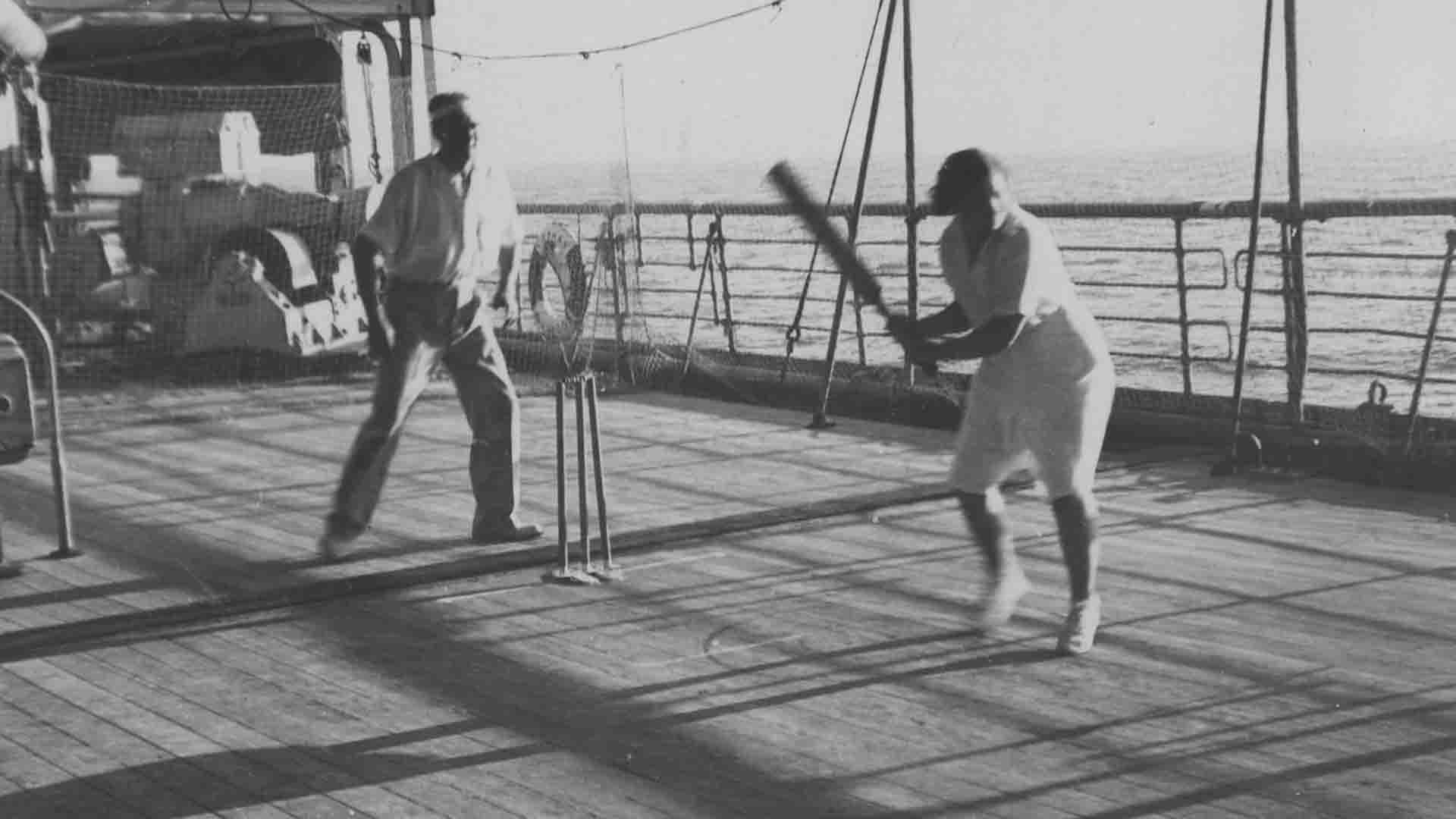
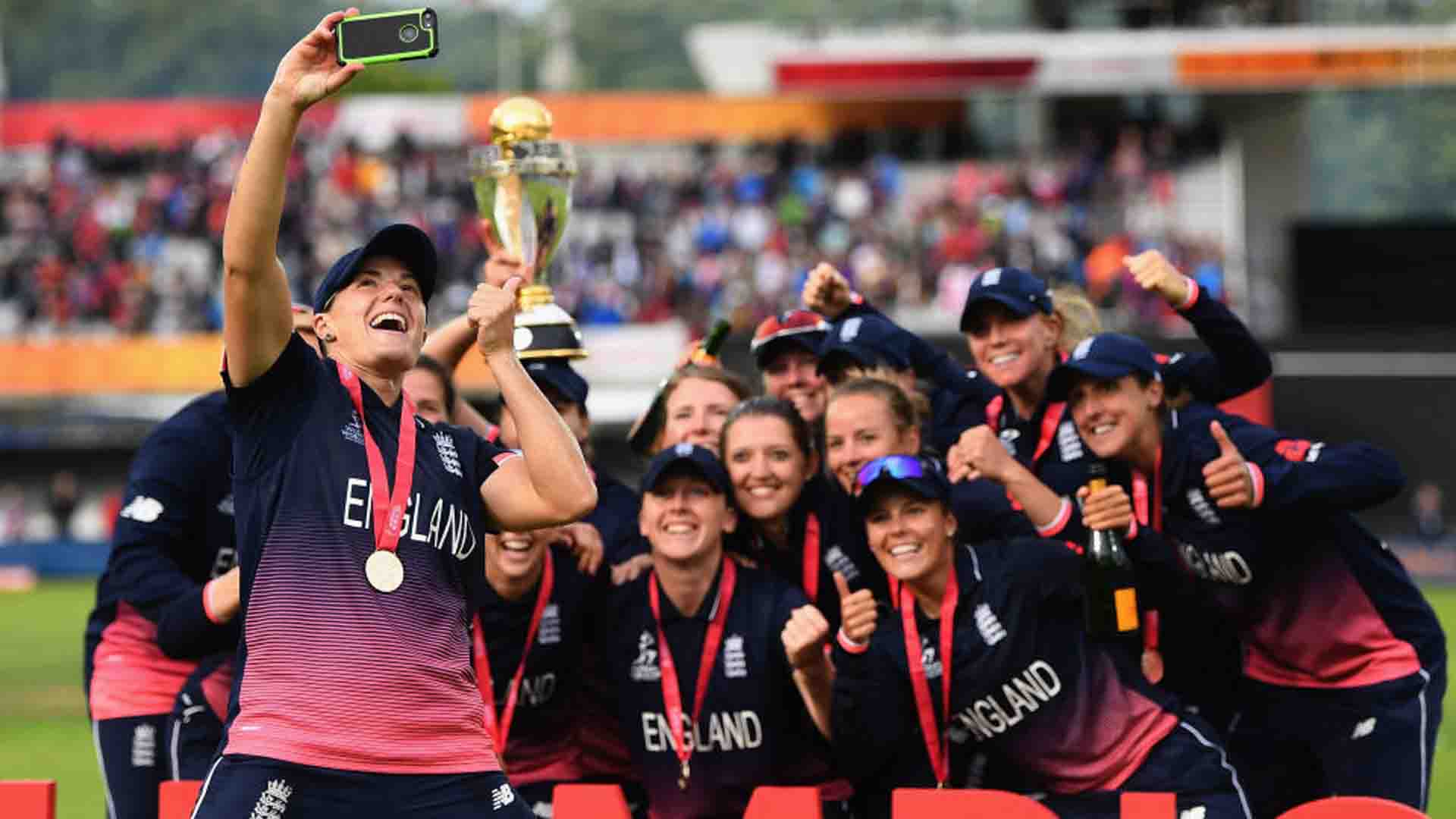

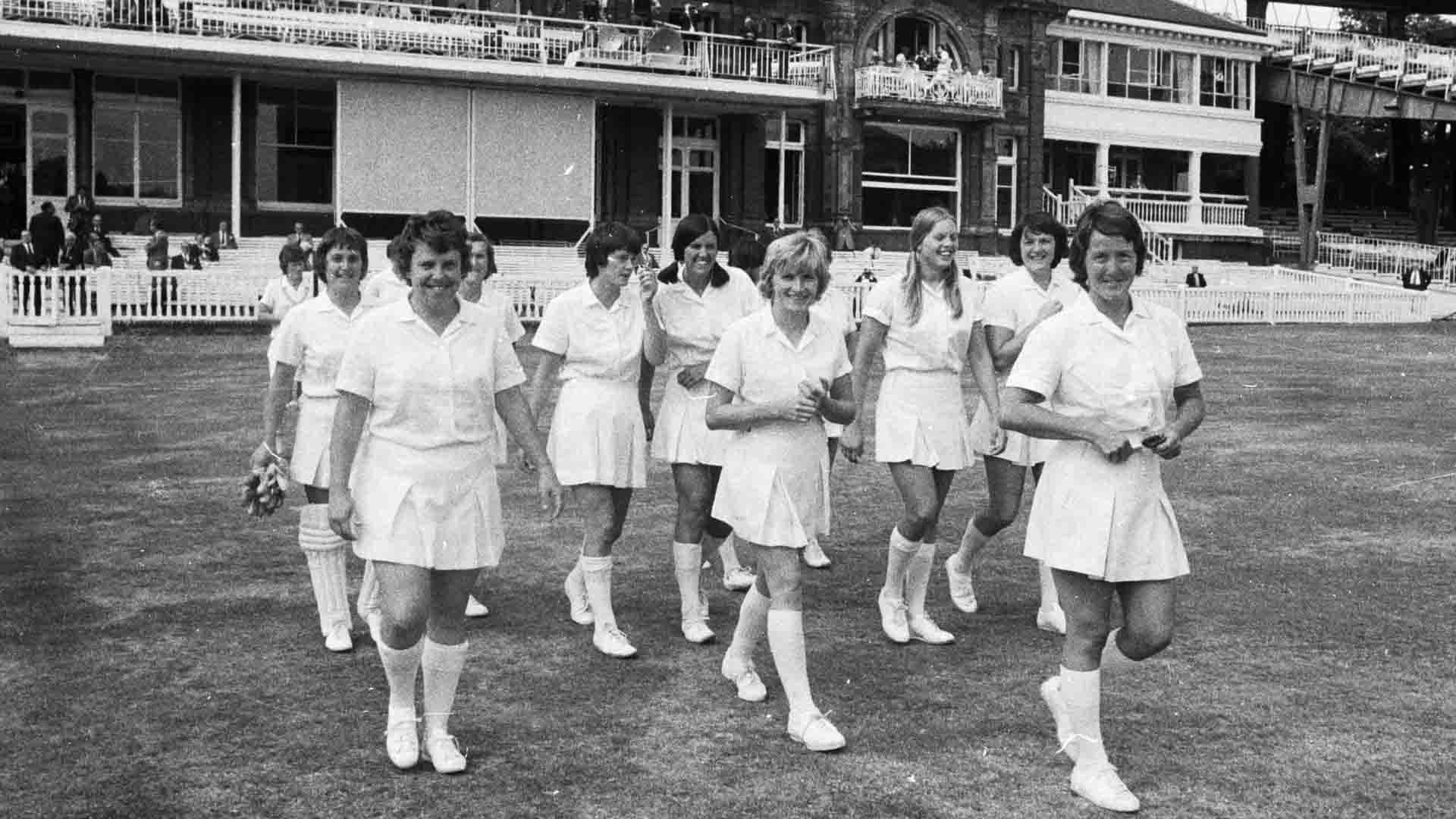
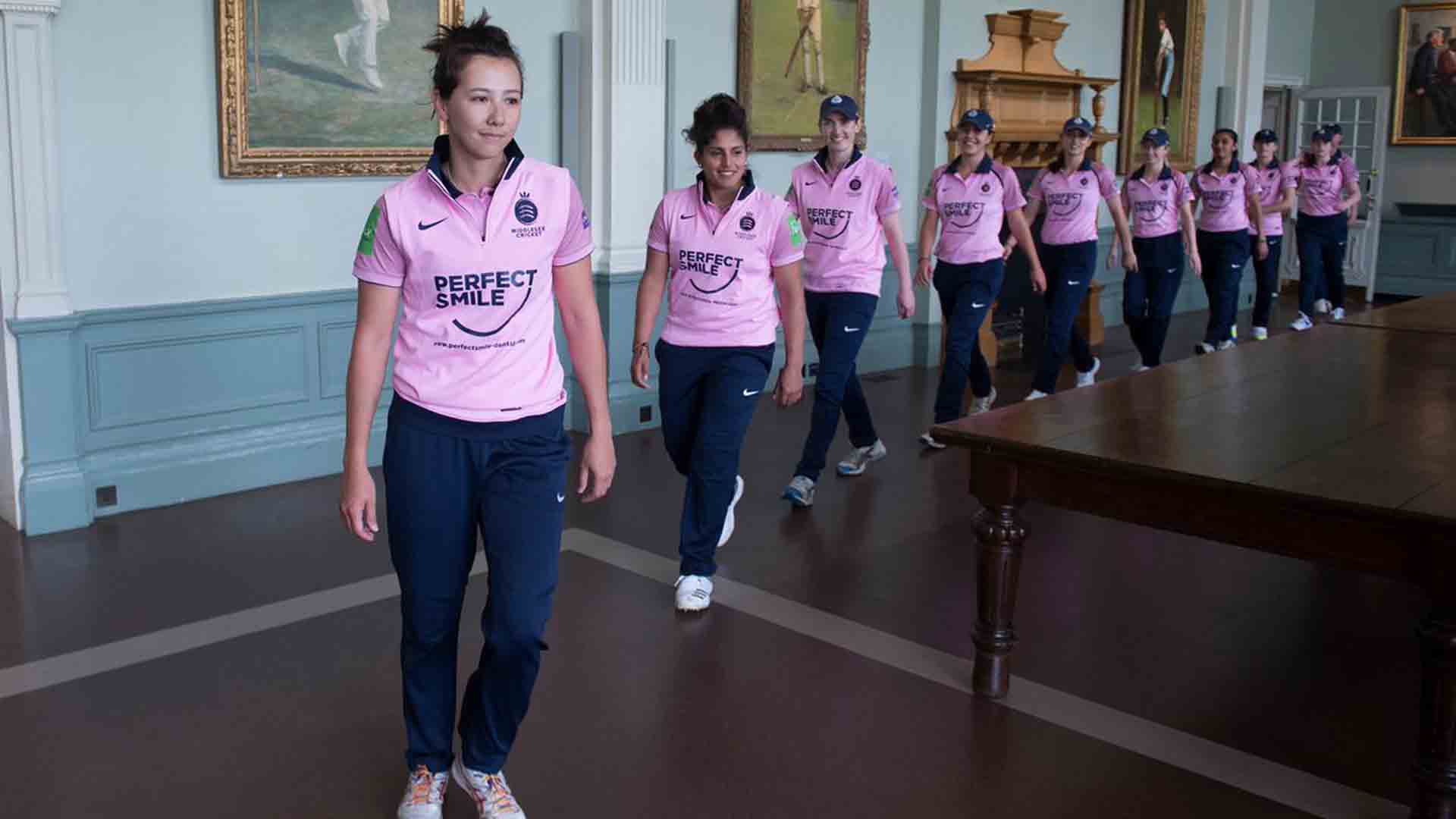 MCC v Middlesex Women, 2018
MCC v Middlesex Women, 2018